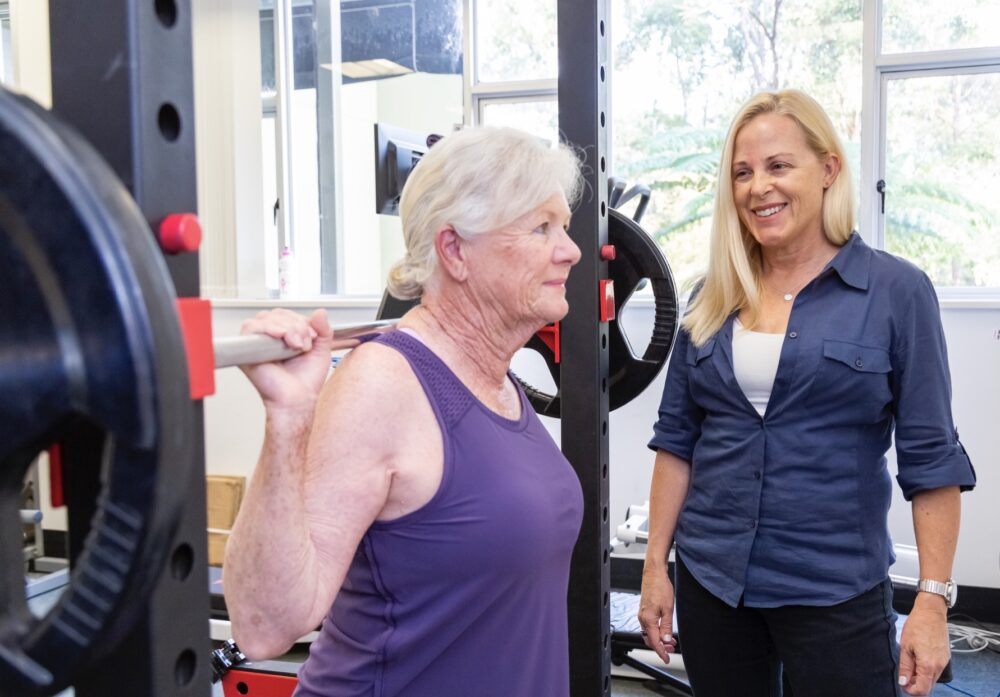Preventing osteoporotic fracture in older women with vibration or exercise is the aim of a new study at Griffith University.
Pilot data has shown whole body vibration and certain exercises improve bone mass but it is unclear which strategy is most effective.
Professor Belinda Beck from Griffith’s Menzies Health Institute Queensland says she is hopeful that a head-to-head comparison of the two forms of therapy will provide the answer.
Current statistics show that one in three women and one in five men aged over the age of 50, worldwide, will suffer an osteoporotic fracture.
For women aged 45 and over, osteoporosis accounts for more days in hospital than breast cancer, myocardial infarction, diabetes and other diseases.
Targeted exercise can be effective
“We know from studies in animals, that vibration can improve bone. We also know that targeted exercise can be effective, but the catch is, it must be of such high intensity it requires supervision. Mild whole body vibration can be done unsupervised and so may be a more convenient therapy for people with osteoporosis.
“We are conducting a large-scale trial – the VIBMOR trial – to see how vibration therapy compares to exercise in terms of an ability to lower the risk of osteoporotic fracture.”
The research is aiming to recruit around 430 women who are at least five years post menopause. They will be randomly allocated to either vibration, exercise, or a combination of both.
One group will be allocated to a twice-weekly home exercise program; one will be doing twice weekly supervised exercise; one group will be allocated a vibration device and asked to stand on it five times per week for 10 minutes, and a fourth group will do a combination of twice-weekly supervised exercise and 5 times a week vibration therapy.
All groups will be tested at baseline for bone mass and fracture risk, then take up their allocated activity for nine months, after which time they will be retested. One year later they will be tested again to see if any effects have been sustained.
“There are some medications for osteoporosis, but many people refuse to take them. It is important to discover alternative therapies, and vibration and exercise are the two most promising,” says Professor Beck.
Interested participants for the Gold Coast study should be over 60 or five years post menopause.
Please call VIBMOR: +61 7 5552 9565



